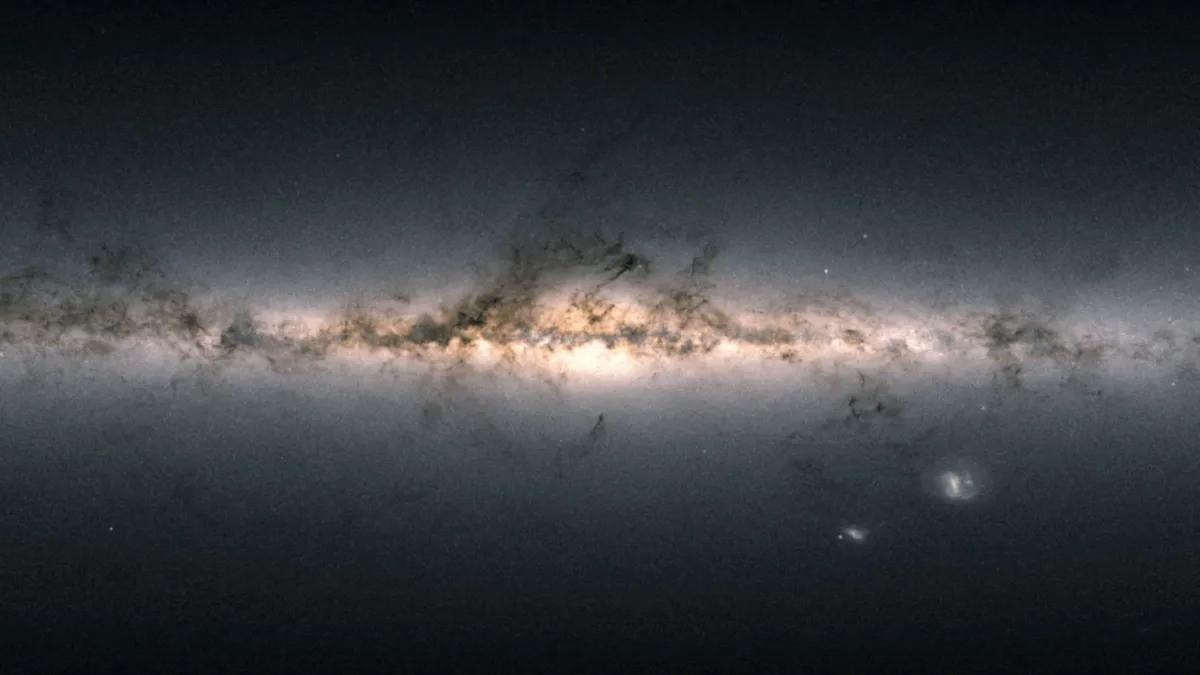MIT physicists have made a groundbreaking discovery that challenges the prevailing understanding of dark matter’s role in the Milky Way’s rotation. By tracking the speed of stars across the galaxy, they identified a potential deficit of dark matter at the galactic core, suggesting that the Milky Way’s gravitational center may be lighter in mass than previously believed.
Traditionally, astronomers attributed the rotation of galaxies to dark matter, a hypothetical substance in the universe composed of particles that don’t interact with light, making them invisible. The only way to detect dark matter is through its gravitational effects on visible matter, such as stars and galaxies.
The team analyzed data from the Gaia and APOGEE instruments—Gaia being an orbiting space telescope tracking the precise location, distance, and motion of over 1 billion stars in the Milky Way, and APOGEE being a ground-based survey.
The scientists examined Gaia’s measurements of more than 33,000 stars, plotting each star’s velocity against its distance to create a rotation curve representing the speed of matter rotation at different distances from the galaxy’s center. Surprisingly, they found that outer stars were rotating slightly slower than expected, indicating a lighter galactic core.
The results, published in the Monthly Notices of the Royal Astronomical Society Journal, challenge the conventional belief that dark matter dominates the galactic core. The Milky Way’s rotation, influenced by all the matter within its disk, has long been associated with the presence of invisible dark matter.
Vera Rubin’s observations in the 1970s first hinted at the need for unseen matter to explain the rotation of galaxies, a concept subsequently supported by observations in distant galaxies.
The MIT team meticulously determined the distances of over 33,000 stars, creating a 3D map of the Milky Way’s stars up to 30 kiloparsecs. This map was then incorporated into a circular velocity model, simulating the required speed of stars given the distribution of other stars in the galaxy. The unexpected dip in the rotation curve at the outer end suggested a potential reduction in dark matter at the Milky Way’s core.
The researchers acknowledge that their findings create tension with other measurements and anticipate deep repercussions. Possible implications include the existence of hidden masses beyond the galactic disk’s edge or a reassessment of the galaxy’s equilibrium state. Further exploration, through high-resolution simulations of Milky Way-like galaxies, is expected to provide more insights into this surprising result.

